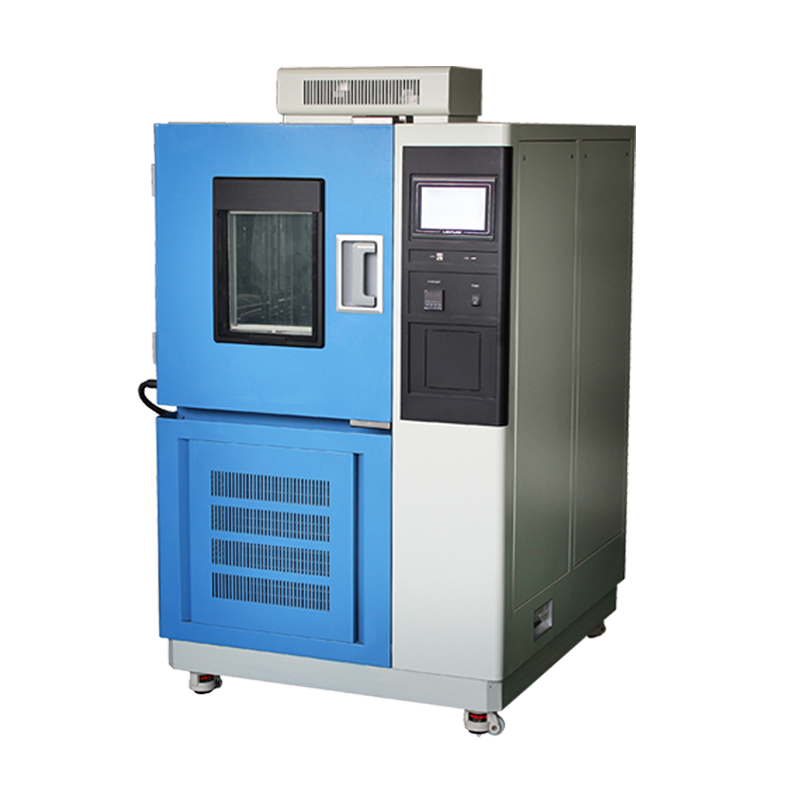The cleaning and maintenance of high and low temperature test chambers are crucial for ensuring proper operation and extending the equipment's service life. Below are some important details and steps:
-
Regular Cleaning
- External Cleaning: Regularly clean the exterior of the test chamber with a soft cloth and mild detergent. Avoid using corrosive or abrasive cleaners.
- Internal Cleaning: After each use, ensure the interior is free of dirt and debris. For the inner chamber, gently wipe with a mild cleaning agent. Steam cleaning may be used if necessary, but avoid direct moisture exposure to electronic components.
-
Maintaining Temperature and Humidity Sensors
- Regular Calibration: Temperature and humidity sensors should be calibrated periodically to ensure accuracy. Follow the manufacturer's recommendations for calibration.
- Cleaning Sensors: Use a non-woven cloth or specialized cleaning tool to gently clean the sensors, preventing dust and dirt from affecting measurement precision.
-
Inspecting Seals
- Regular Checks: Inspect the integrity of the sealing gasket to ensure there is no aging, cracking, or deformation. Replace it promptly if issues are found to prevent leakage of cold or hot air, which could compromise test results.

- Regular Checks: Inspect the integrity of the sealing gasket to ensure there is no aging, cracking, or deformation. Replace it promptly if issues are found to prevent leakage of cold or hot air, which could compromise test results.
-
Clearing the Drainage System
- Drain Pipe Cleaning: Regularly inspect and clean the drainage pipes to prevent blockages. Keeping the drainage system clear avoids water retention, which can lead to corrosion or mold growth.
-
Maintaining the Electrical System
- Checking Wiring: Periodically inspect power cords and internal wiring to ensure secure connections and no signs of wear or aging.
- Avoid Overloading: Ensure the equipment is not operated beyond its rated capacity to reduce stress on the electrical system and prolong its lifespan.
-
Scheduled Professional Maintenance
- Comprehensive Inspection: It is advisable to have a professional technician conduct regular full inspections and maintenance, including the cooling and heating systems, to ensure optimal performance.
-
Usage Precautions
- Operating Standards: Always read the user manual before operating the test chamber to ensure compliance with proper procedures and avoid malfunctions caused by misuse.
- Minimizing Door Openings: During testing, try to limit the frequency of opening the door to prevent rapid temperature and humidity fluctuations that could strain the equipment.
The cleaning and maintenance of high and low temperature test chambers are key to ensuring performance and extending service life. Good maintenance habits not only improve testing efficiency but also save on future repair costs. Therefore, no detail in regular cleaning and upkeep should be overlooked.












